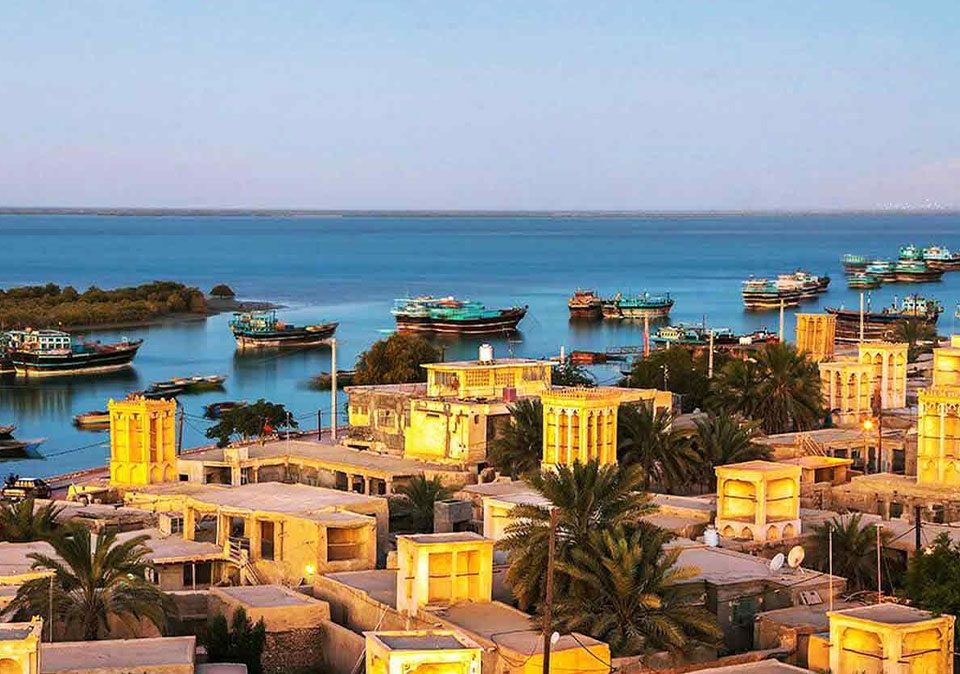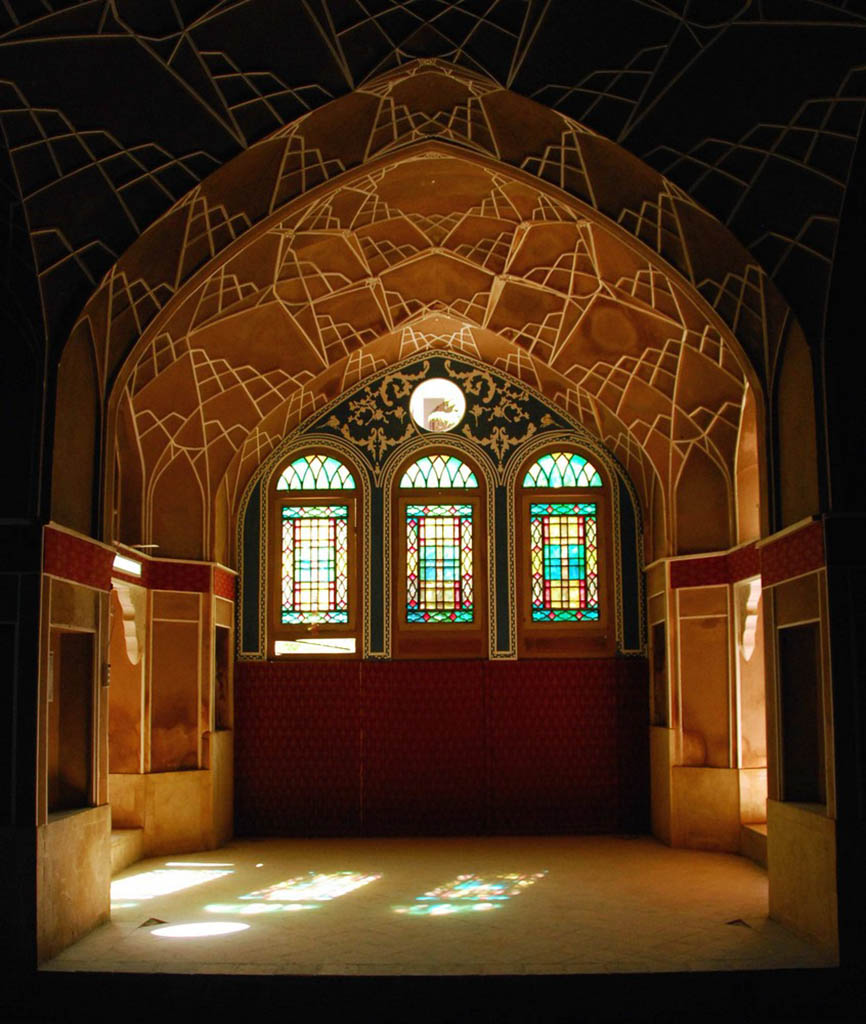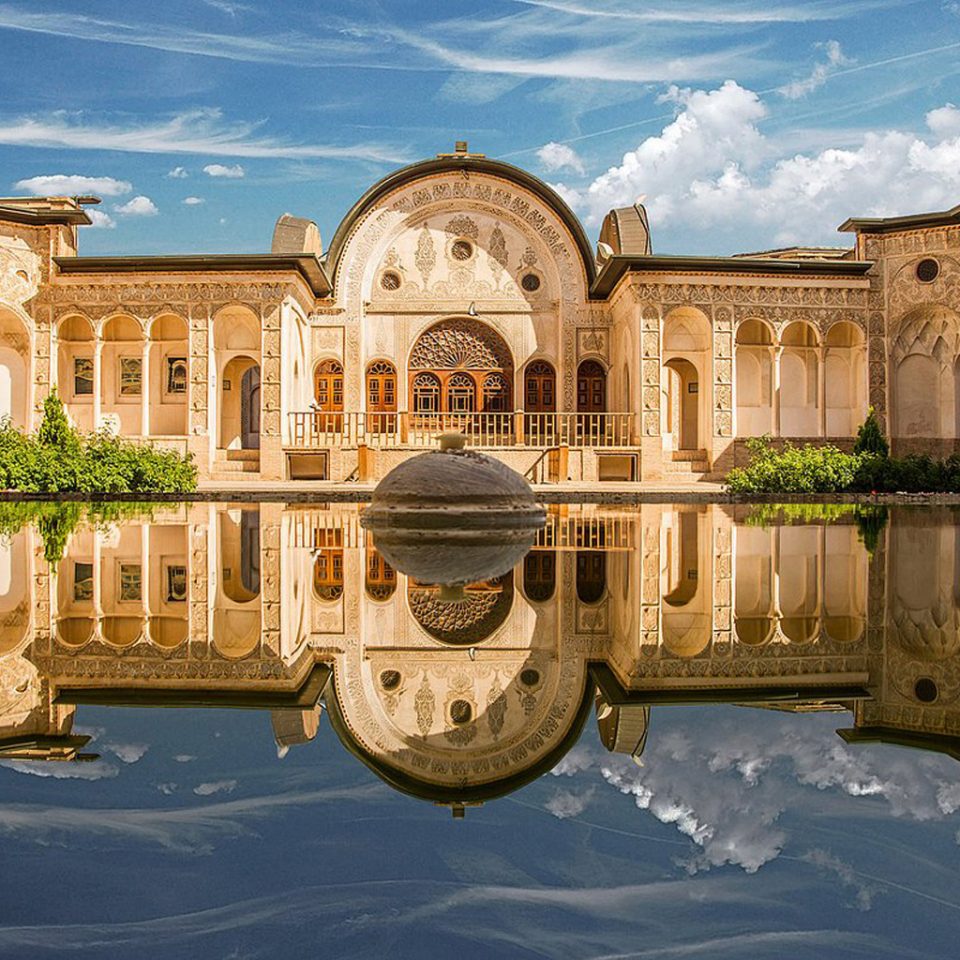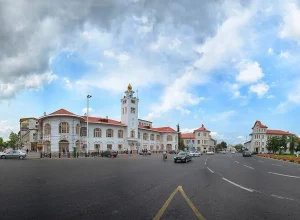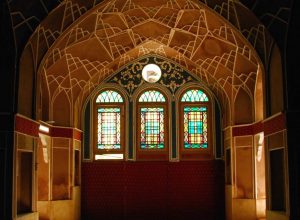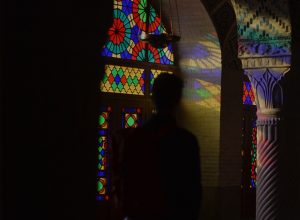Qeshm Island, located in the Strait of Hormuz in the Persian Gulf, is the largest island in Iran and one of the most stunning natural wonders of the region. Known for its pristine beaches, unique geological formations, and rich cultural heritage, Qeshm Island is a must-visit destination for travelers looking to experience the beauty and diversity of Iran.
One of the most enchanting and picturesque spots on the island is Laft port. Located on the southern coast of Qeshm, Laft port is a hidden gem that offers visitors a glimpse into the island’s rich maritime history and cultural traditions.
The port of Laft has been an important hub of commerce and trade for centuries, serving as a gateway to the Persian Gulf and beyond. The town of Laft, which surrounds the port, is home to a vibrant community of fishermen and traders who have lived and worked in the area for generations.
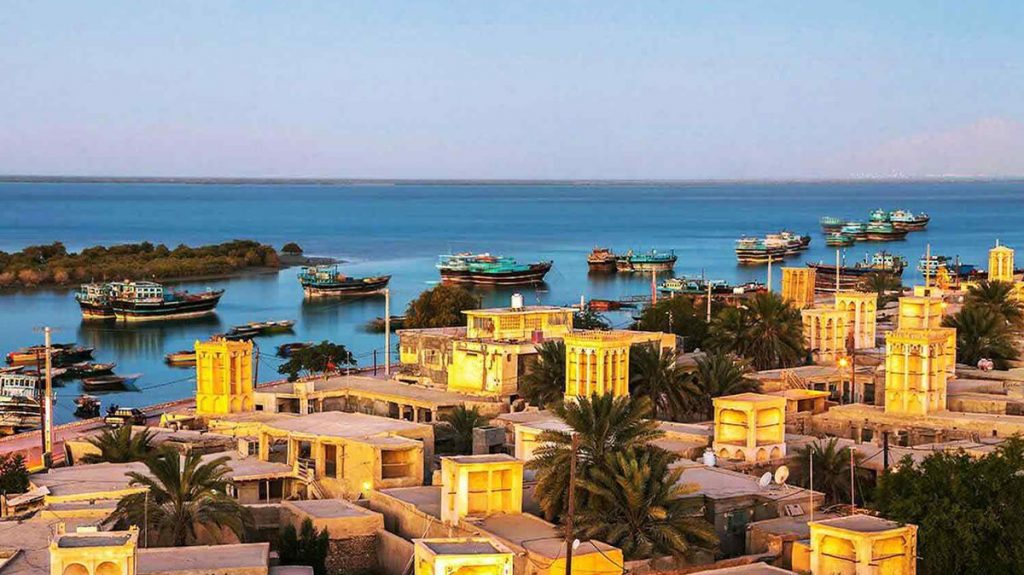
Table of Content
Laft Port, Qeshm
Walking through the narrow streets of Laft, visitors can see the traditional houses and buildings made of mud and coral, a testament to the local architecture and construction techniques. The port itself is a bustling hub of activity, with fishermen and traders selling their catch and wares, while locals and tourists alike enjoy the fresh sea breeze and stunning views of the sea.
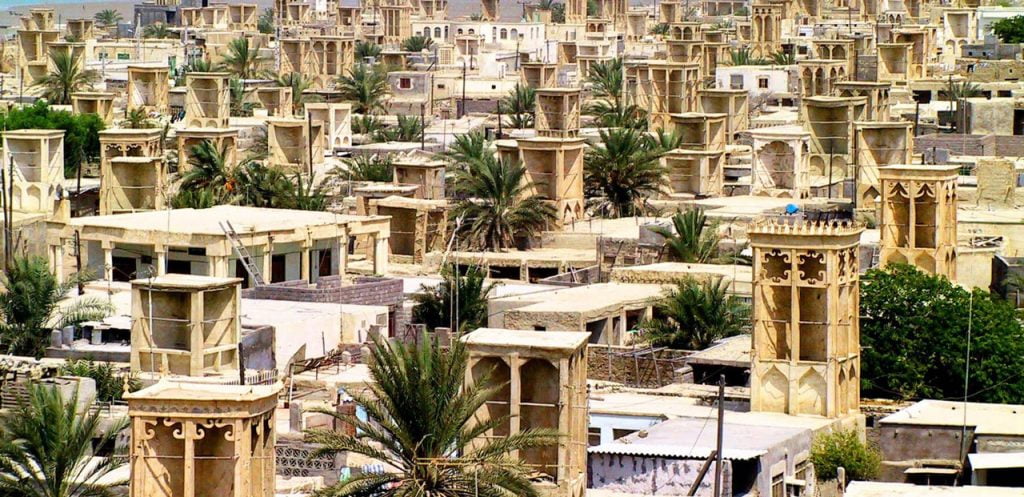
One of the most unique features of Laft port is the ab-bandan, a traditional Iranian hydraulic system used for drawing water from wells and distributing it to various parts of the town. The ab-bandan of Laft is an engineering marvel, consisting of a network of underground canals and tunnels that bring water from the nearby mountains to the town, providing a reliable source of fresh water for the community.
Aside from its historical and cultural significance, Laft port is also a great spot for outdoor activities and adventure. Visitors can take a boat tour of the port and explore the nearby Hara forests, a unique ecosystem of mangrove trees that provide a habitat for a diverse range of marine life, including dolphins, turtles, and migratory birds.
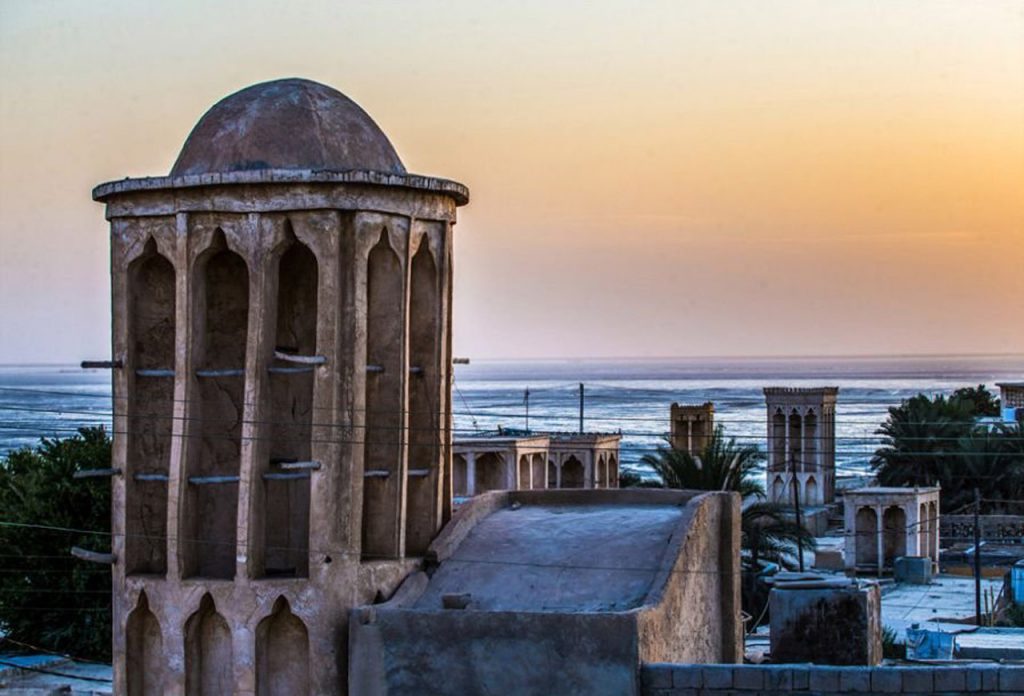
For those interested in local cuisine, Laft is also a great spot to sample traditional seafood dishes, including grilled fish, shrimp, and squid, prepared with a unique blend of local spices and herbs.
Visiting Laft port is a journey back in time, a chance to experience the rich history and culture of southern Iran in a unique and authentic way. The town and port offer a rare glimpse into the daily life and traditions of a community that has thrived for centuries on the shores of the Persian Gulf.
In conclusion, Laft port is a hidden gem of Qeshm Island, a must-visit destination for anyone interested in exploring the natural beauty and cultural heritage of southern Iran. From its bustling port and traditional architecture to its stunning natural surroundings and unique cuisine, Laft has something to offer everyone. So, if you’re planning a trip to Iran, be sure to add Laft port to your itinerary and experience the magic of this enchanting town for yourself.
HISTORY OF QESHM ISLAND
Qeshm Island, located in the Strait of Hormuz in southern Iran, has a rich history and cultural heritage that dates back to ancient times. The island has been inhabited for over 1,000 years and has played an important role in the region’s history due to its strategic location.
The early history of Qeshm Island is largely unknown, but it is believed to have been under the control of the Persian Empire until the arrival of Arab conquerors in the 7th century. During this time, Qeshm Island became a major center of trade, with merchants from as far away as India and China coming to the island to exchange goods. Qeshm Island was also an important stop for traders traveling along the Silk Road.
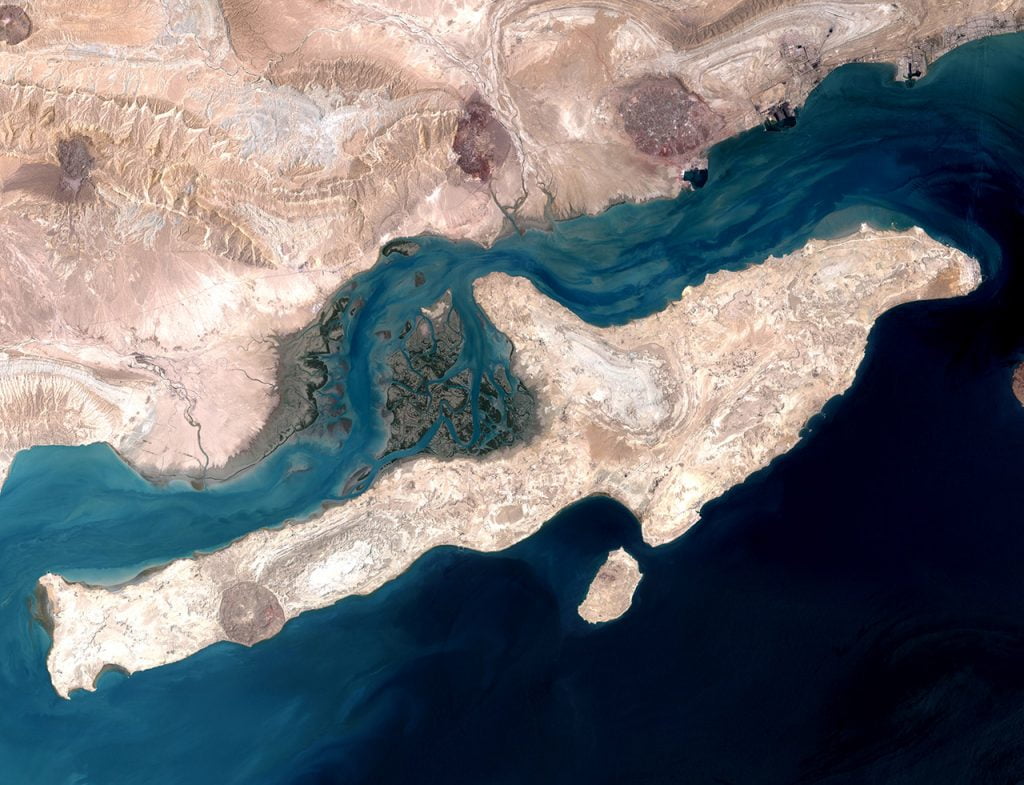
In the 16th century, Qeshm Island became a center of Portuguese colonialism. The Portuguese established a fort on the island and used it as a base for their activities in the Persian Gulf. However, in 1622, the Safavid Empire, led by Shah Abbas I, captured the island and drove out the Portuguese. Qeshm Island remained under Persian control until the early 19th century, when it was occupied by the British.
During the 19th century, Qeshm Island became a center of the pearl industry, with many islanders engaging in pearl diving and trading. However, the pearl industry declined in the early 20th century due to the development of cultured pearls and the discovery of oil in the region.
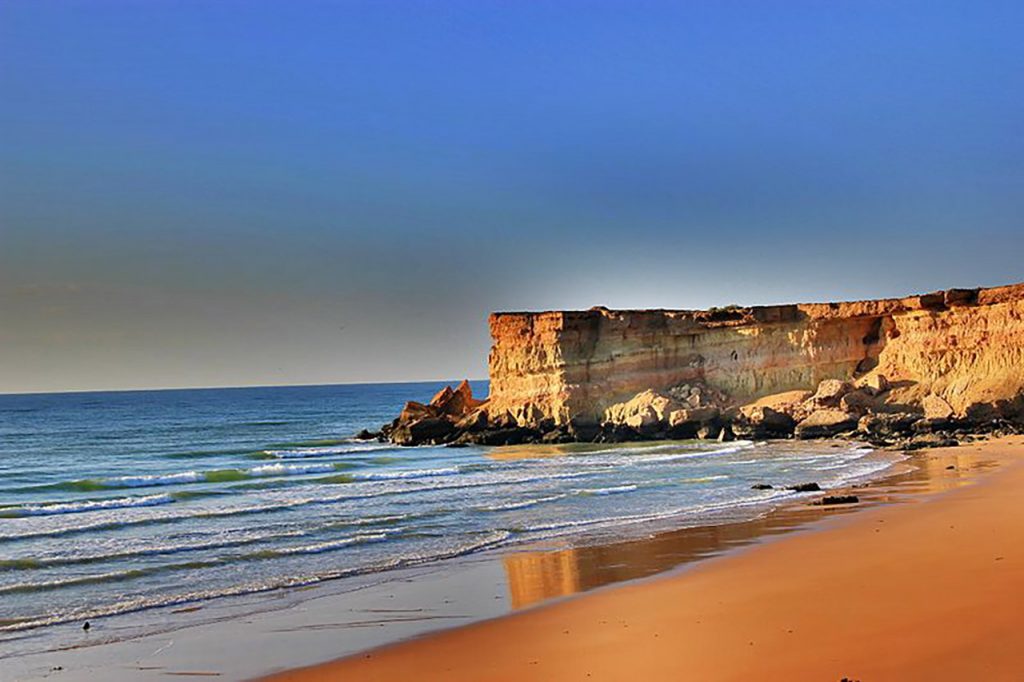
In the modern era, Qeshm Island has become a popular tourist destination due to its natural beauty, rich culture, and historical significance. The island is home to a number of historical sites, including the Qeshm Island Museum, which showcases the island’s history and culture, as well as a number of traditional villages and ancient forts.
Today, Qeshm Island is part of the Hormozgan Province of Iran and is home to over 120,000 people. The island’s economy is largely based on fishing, agriculture, and tourism, and it is also an important center of energy production due to its proximity to major oil fields in the region. Despite its long and storied history, Qeshm Island remains a vibrant and dynamic place, with a rich cultural heritage that is still celebrated by its residents and visitors alike.
Reaching Laft Port
To get to Laft port, visitors can take a taxi from Qeshm City, the capital of the island, or rent a car and drive along the scenic coastal road that offers stunning views of the Persian Gulf. The journey takes around 45 minutes and is well worth the effort.
Once in Laft, visitors can explore the town on foot or take a guided tour to learn more about its history and culture. The traditional houses and buildings of Laft are a sight to behold, with their intricate decorations and unique architectural features.
One of the most interesting buildings in Laft is the Kootah Khaneh, a small house with a low ceiling that was traditionally used for storing goods and valuables. The house has a secret room hidden behind a false wall, which was used to hide from invaders and protect the town’s treasures.
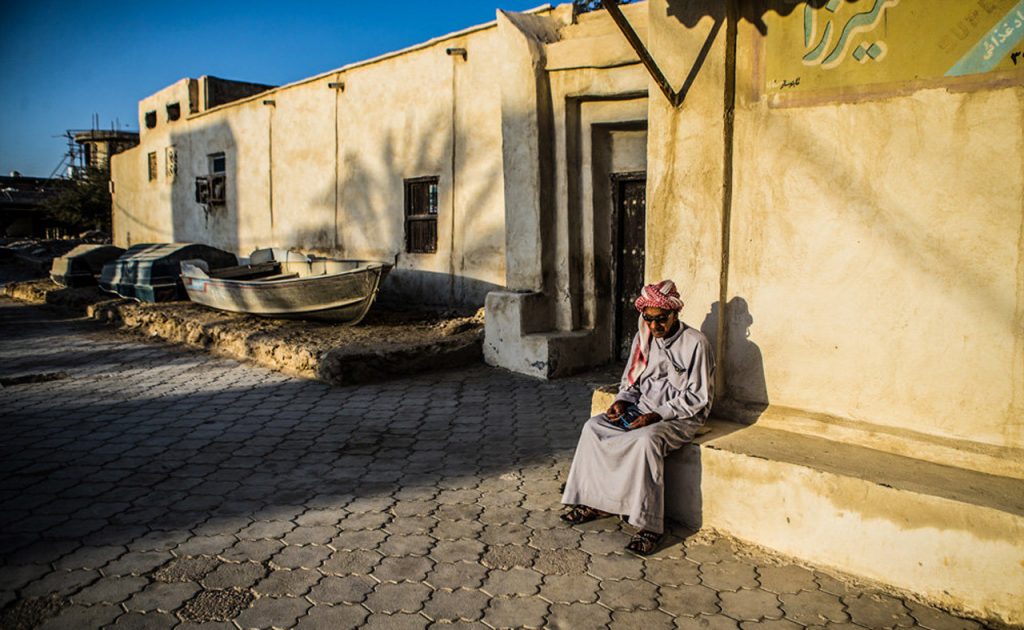
Another must-see attraction in Laft is the local bazaar, where visitors can shop for handmade crafts and souvenirs, as well as fresh produce and seafood. The bazaar is a vibrant and colorful place, with vendors calling out their wares and bargaining with customers.
For those interested in outdoor activities, Laft port is a great spot for fishing, kayaking, and swimming in the warm waters of the Persian Gulf. The nearby Hara forests also offer a unique opportunity to explore a diverse ecosystem of mangrove trees and marine life.
One of the best times to visit Laft port is during the annual Qeshm Island Tourism Festival, which takes place in April and attracts thousands of visitors from around the world. The festival is a celebration of the island’s natural beauty, cultural heritage, and traditional crafts, with music, dance, and food stalls lining the streets of Laft.
Our Youtube Latest Video
Conclusion
In conclusion, Laft port is a hidden gem of Qeshm Island, a town that offers visitors a unique glimpse into the history, culture, and natural beauty of southern Iran. From its bustling port and traditional architecture to its stunning natural surroundings and unique cuisine, Laft has something to offer everyone. So, if you’re planning a trip to Iran, be sure to add Laft port to your itinerary and experience the magic of this enchanting town for yourself.
